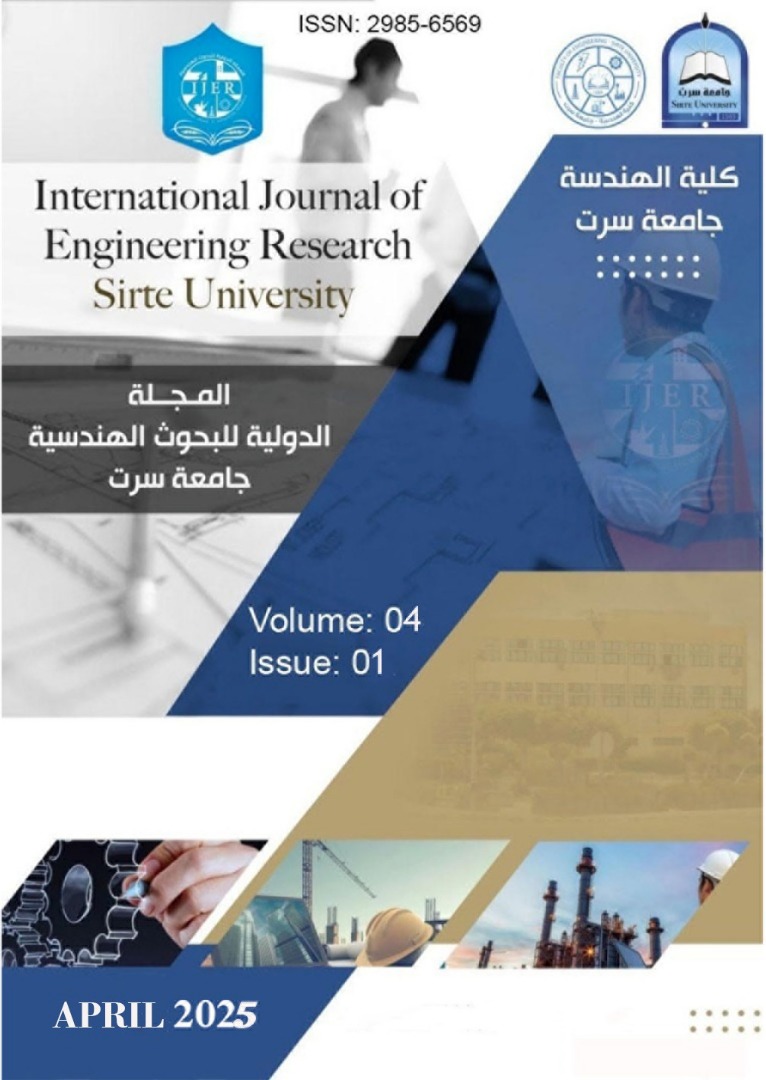Parametric Investigation on the Response of High-Density Polyethylene Pipes to Eccentric Loading
Keywords:
Load, Pipe/Soil interactionAbstract
The durability of water distribution net- works partly relies on the ability of utility pipes to resist surface loading. In this paper, a parametric study is undertaken to investigate the response of high-density polyethylene (HDPE) pipes to eccentric loading. The results taken from a centrifuge model are used to evaluate the ability of a computational model to predict the bending moment distribution along the pipe. Following this validation process, the behaviour of HDPE pipes at a range of burial depths, and loading eccentricities is investigated further using the computational model. The results of this analysis are used to evaluate the High- way Agency guidelines for HDPE pipe burial depths, and they are found to be satisfactory, as they prevent exposure to the significantly higher bending moments experienced at shallow depths.
References
References
Arokiasamy, M., O. Chaallal, and T. Limpeteeprakan (2006). “Full-scale field tests on flexible pipes under live load ap- plication”. In: Journal of Performance of Constructed Facilities 20.1, pp. 21–27.
Elmrom, T., S. Byton, and J. Black (2022). “Impact of Voids on Buried Utility Pipes Subjected to Surface Traffic Loading”. In: Journal of Geotechnical Engineering 148.4, p. 04022015.
Eaton, T. (2013). Exploring the application of closed form solutions in geotechnical problems.
Faragher, E., P. R. Fleming, and C. D. Rogers (2000). “Analysis of repeated- load field testing of buried plastic pipes”. In: Journal of Transportation Engineering 126.3, pp. 271–277.
Institution, British Standard (2010). BS 9295:2010: Guide to the structural design of buried pipelines. British Standard Institution.
Tafreshi, S. N. M. and O. Khalaj (2011). “A parametric study of the cyclic loading response of buried pipes using centrifuge testing”. In: Geotechnical Testing Journal 34.5, pp. 456–465.
Oasys, (2014); "Pdisp Version 19.2"





